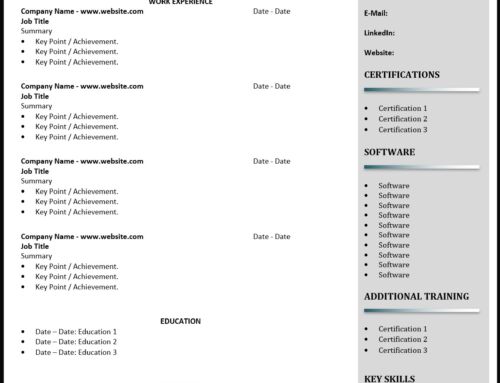Have you ever left a lecture having listened to the tutor tell you crucial bits of information and forgotten immediately?

In the late 19th century, Hermann Ebbinghaus, a German psychologist, pioneered this study of memory that has recently become a popular method for people to remember important information. The trick is for you to believe that the information matters to you and to give it value.
In 2015, the National Center for Biotechnology conducted a study designed to replicate Ebbinghaus’s idea.
The subject learned lists of nonsense syllables consisting of three or four letters. They then reviewed the lists at different time intervals of 20 minutes, 1 hour, 9 hours, 1 day, 2 days, 6 days and 31 days after first studying the syllables.
As with Ebbinghaus’s original experiment in the 19th century, this 21st century experiment also proved successful. Part of the reason for this is that because you learn in intervals, the brain has to reconstruct the memory and do some work in recalling the information. It is like going to the gym – you have to train the mind-muscle.
Next time you are seeking to remember crucial information, revisit your notes after 24 hours, seven days and 30 days. You will remember far more than you could have ever imagined.
If you want to improve your memory and concentration even further then also have a read six actions to focus your mind!






Leave A Comment